Abraham Lincoln was assassinated on April 14, 1865, five days after the Civil war ended. Initially, the conspirators had only planned to capture President Lincoln and exchange him for thousands of Confederate POWs, but the plot fell through. A month later a successful assassination was carried out instead. Twelve days later, the assassin John Wilkes Booth was tracked to a barn and was shot and killed. Eight other conspirators were arrested and convicted. There was, however, one alleged conspirator left, John Surrat, and he would eventually be found hiding among the Papal Zouaves.
John Surrat was a Confederate spy during the Civil war in the Washington D.C. area. He couriered letters on Union troop movements across the Potomac. Surrat admitted that he was part of the conspiracy to capture President Lincoln, but denied any responsibility in the involvement of his assassination as he was in New York during the time. Although his mother, Mary Surrat, did not have that alibi. While John Surrat was on the lam, she was found guilty of funneling arms for the conspirators and harboring them in her inn. She was hanged on July 7, 1865, alongside three other conspirators. She was the first woman to be executed by the federal government.
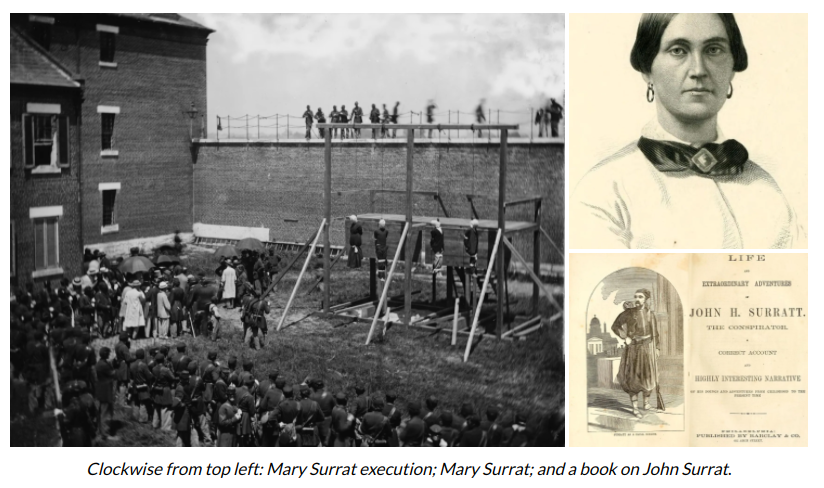
When the news of the assassination reached John Surrat, he fled to Montreal where he was housed by a priest friend. There were many people actively looking for Surrat as there was a $25,000 bounty put on his head for his arrest. When Surrat was informed of his mother’s execution in July, he said, “I have nothing now to bind me to this country,” though this appears to have been said in a state of sadness as he planned to eventually return to the United States in a few years after things had cooled down and he could secure a civilian trial instead of a military tribunal which the other conspirators had been forced to do.
In the meantime, Surrat decided to make his way to Rome to enlist in the Papal Zouaves. The intentions of his enlistment are not well known. Surrat was a devout Catholic so it’s possible he really wanted to serve the Holy Father. Though it is also true there were very few Americans in the regiment so his identity could be well hidden.
In September, Surrat traveled to Liverpool where he stayed at the Oratory of the Holy Cross, which was a common practice for American Catholics visiting the area. The American authorities began closing in on him after the ship’s surgeon from his journey from Montreal to Liverpool deduced his identity and alerted them. But they were too late to capture him as he had already made his way to London and shortly thereafter Paris. A little while later, Surrat was in Rome and enlisted in the Papal Zouaves under the name “John Watson.”
Surrat was able to remain under the radar for many months as a Papal Zouave. The authorities had completely lost track of him. That is, until April 21, 1866, when Canadian Papal Zouave Pvt. Henri Beaumont de Ste. Marie recognized Surrat. The two had previously made a very brief acquaintance three years earlier. When Surrat and one his friends, while returning home from a visit to St. Charles College dropped off a letter to Ste. Marie in Little Texas, Maryland, at the request of a priest friend at the college. They did barely more than shake hands, yet that brief encounter would cause Ste. Marie to recognize Surrat those three years later.
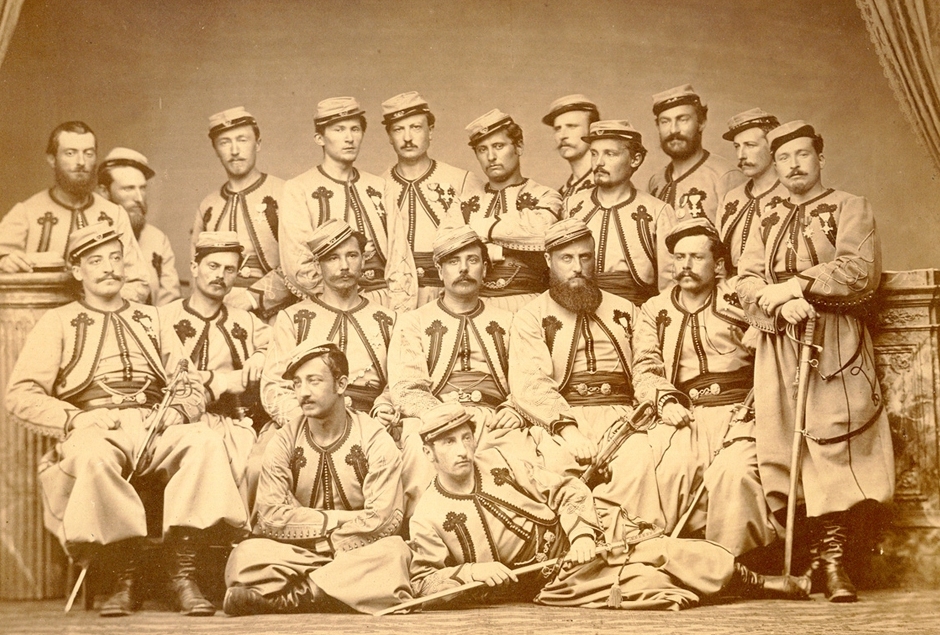
Ste. Marie recognizing Surrat, called him out by his real name. Alarmed, Surrat pulled him aside and told him to keep his identity secret and admitted to being a conspirator. He implored him as a fellow “comrade” not to betray his identity. He could have meant comrade in two ways. First, as a fellow Papal Zouave fighting in defense of the Holy See. Or second as a fellow Confederate sympathizer. During the War Between the States, Ste. Marie had twice tried to go from his native Montreal southward to join the Confederacy. The first attempt failed when the blockade runner he was a passenger on was captured off the coast of Maryland. The British consul petitioned for his release and he went to Little Texas, Maryland, where he taught at a Catholic school. This is where the priest friend of Surrat at St. Charles College made Ste. Marie’s acquaintance.
A month after Surrat and Ste. Marie met, he tried for a second time to join the Confederacy. This time Ste. Marie joined a Union unit and at the first opportunity he had once he had gotten to the front lines, deserted and made his way to the Southern line. The Confederates did not buy his story and arrested him as a spy. Ste. Marie later proved his loyalty by ousting a plot by Union POWs to escape. He was released and he made his way back to Montreal. Sometime shortly after the assassination of President Lincoln, he then went to Rome and joined the Papal Zouaves.
Unfortunately for Surrat, Ste. Marie at this point was disillusioned with the Zouaves and wanted out of his two-year service commitment, which he petitioned the U.S. government to buy him out from for giving up Surrat. Additionally, the bounty on Surrat’s head would help him in some of his financial woes. Ste. Marie contacted the U.S. minister to the Papal States, Rufus King, and informed him of Surrat’s location within in the unit. The next six months saw the slow methodical process of verifying Ste. Marie’s information and coordinating Surrat’s arrest.
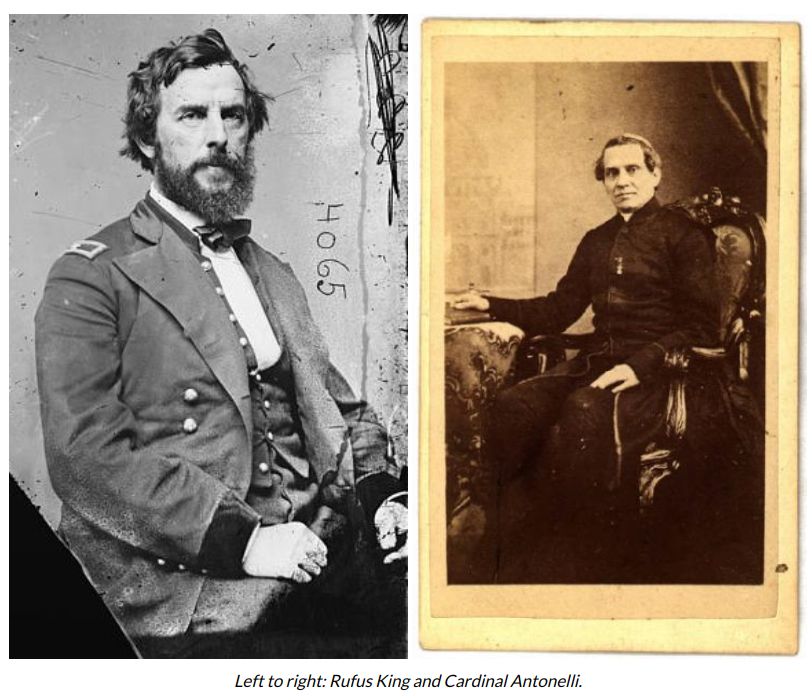
Despite Ste. Marie’s plea for a speedy arrest given that he feared for his safety for knowing Surrat’s secret, the State Department wanted to verify Ste. Marie’s identity before they would consider his testimony. This process took several months over which Ste. Marie slowly collected more information on Surrat. By July, he had filled out and mailed an affidavit to the State Department, who then began moving towards the arrest. King informed Cardinal Antonelli, the Vatican Secretary of State, of Surrat in the ranks of the Papal Zouaves for the first time on August 8, 1866. Antonelli informed King that despite the two countries lacking an extradition treaty, he would honor their request and have Surrat extradited as well as release Ste. Marie from his service so that he could give testimony.
This news, however, took two months to make headway in D.C., due in part to transatlantic correspondence and that Secretary of State Seward went on a month-long vacation right before the Antonelli meeting. Meanwhile, in September Ste. Marie was growing impatient and threatened to go to the American media with information on Surrat if the State Department didn’t get their act together. Seward and King started to plan logistics of payment and transfer of Ste. Marie and Surrat in October. But there was a miscommunication between Antonelli and King, and an order was given by Antonelli on November 6 to arrest Surrat.
In hindsight, the early order was necessary to arrest Surrat as he was tipped off to the plan a short time before his arrest through a letter that was meant for Ste. Marie from King on the developments of the plan. The letter was given to Zouave trumpeter Sault Marie. The letter was in English so he asked Surrat to translate it for him. To his surprise it consisted of the plot to have him arrested. Surrat obtained leave in an attempt to distance himself from his company but was promptly arrested on November 7 and held in prison for the night in Veroli before he was to be transferred to Rome the following day.
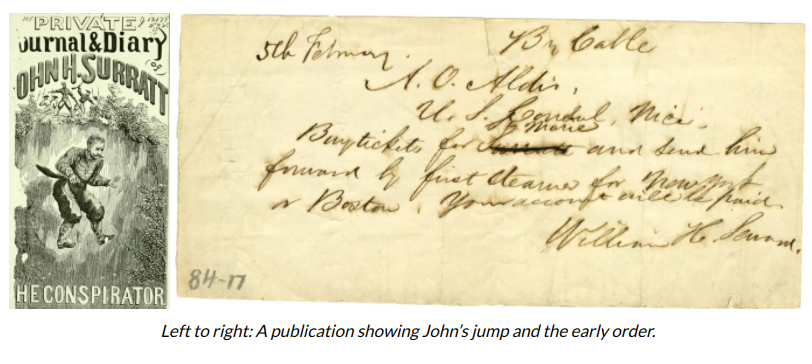
However, as he was being escorted from the prison under six armed guards, he asked to stop at the barracks bathroom which consisted of several privies 25 feet above a ledge where the waste dropped below. He leaped over the balustrade and onto the ledge, with the excrement breaking his fall, thus, allowing him to escape. When Antonelli informed him a few days later, King was surprised to hear of the escape and quickly began to scramble his informants to find Surrat. A week later, Surrat was tracked to a military hospital in Sora about 50 miles east of Rome. They were too late to arrest him there as he began to make his way south down to Naples.
Despite still being in his Papal Zouave uniform, he was able to convince a group of Garibaldians he came across that he was deserting due to poor conditions from being a Zouave. Eager to help a presumed ally of their cause, they escorted him to Naples where Surrat explained his story to the local police who held him for three days at his request. He then asked to see the British consul whom he convinced that he was a Canadian and was being held unjustly and needed passage out of Italy. The consul secured his freedom and paid for his passage on a steamer bound for Alexandria, Egypt.
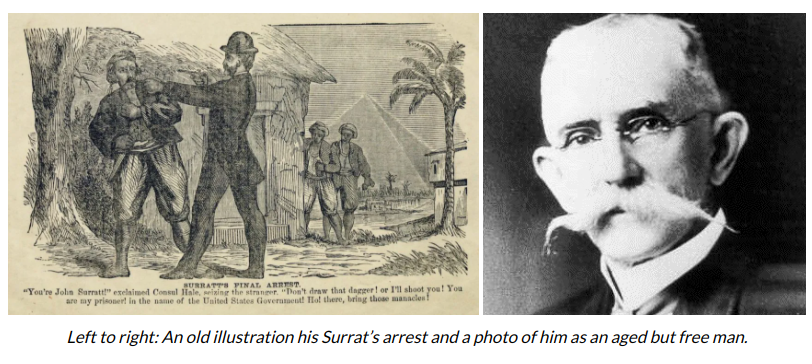
Seward was on his tail and he found out that the steamer needed to refuel in British controlled Malta. Unfortunately, there was a disagreement between William Winthrop, the U.S. consul in Malta, and the Malta government on British extradition laws and no action was taken to arrest Surrat. Determined to apprehend him, Winthrop planned with the U.S. consul in Alexandria to capture him. The extradition laws in Egypt were quite lax so another Malta incident wasn’t a concern. After the steamer docked, there was a day-long quarantine due to a cholera outbreak. When it expired, consul authorities easily identified Surrat, still in his Zouave uniform and arrested him on Nov. 23.
Surrat arrived back in America in early 1867. Where a trail was held in a Maryland civilian court. Military tribunals against civilians like that which convicted Surrat’s mother were declared unconstitutional in late 1866. Surrat was accused of murder, but a mistrial was declared due to a lack of sufficient evidence. Eight voted not guilty and four voted guilty. While Surrat maintained his involvement with the failed kidnapping plot, the statutes of limitation on the crime were up so he was released on bail, living the rest of his life as a free man.
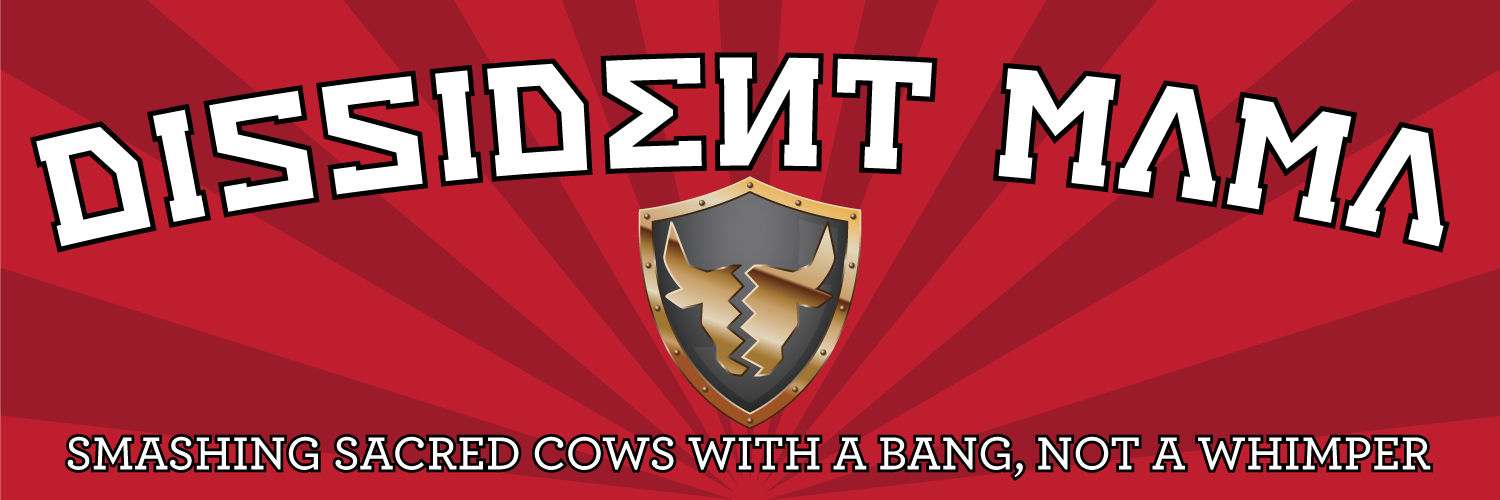
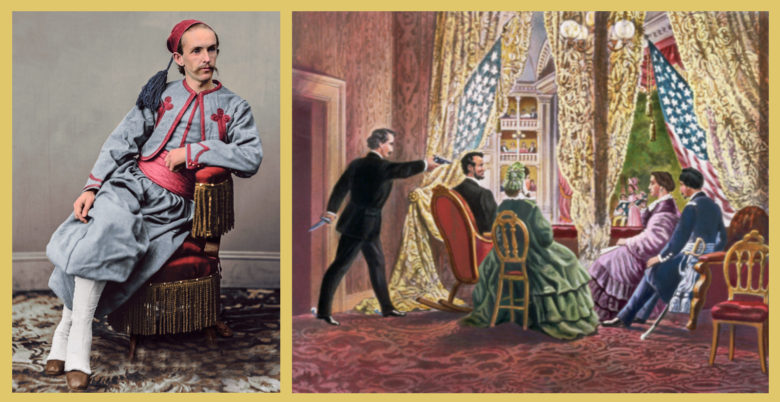

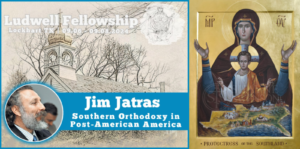

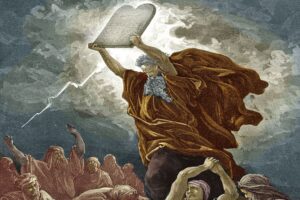
Comments
Author
In May 2022, I experienced some pretty severe Dissident Mama tech issues which resulted in the loss of content . This lovely guest post was one of the three items affected. Fortunately, I was able to rebuild and then republish this essay, but sadly, all the comments were lost during the process. I just wanted to say thanks to those of y’all who took the time to share your thoughts the first time ’round and to apologize for losing the riveting conversations.
Sincerely, Rebecca/DM